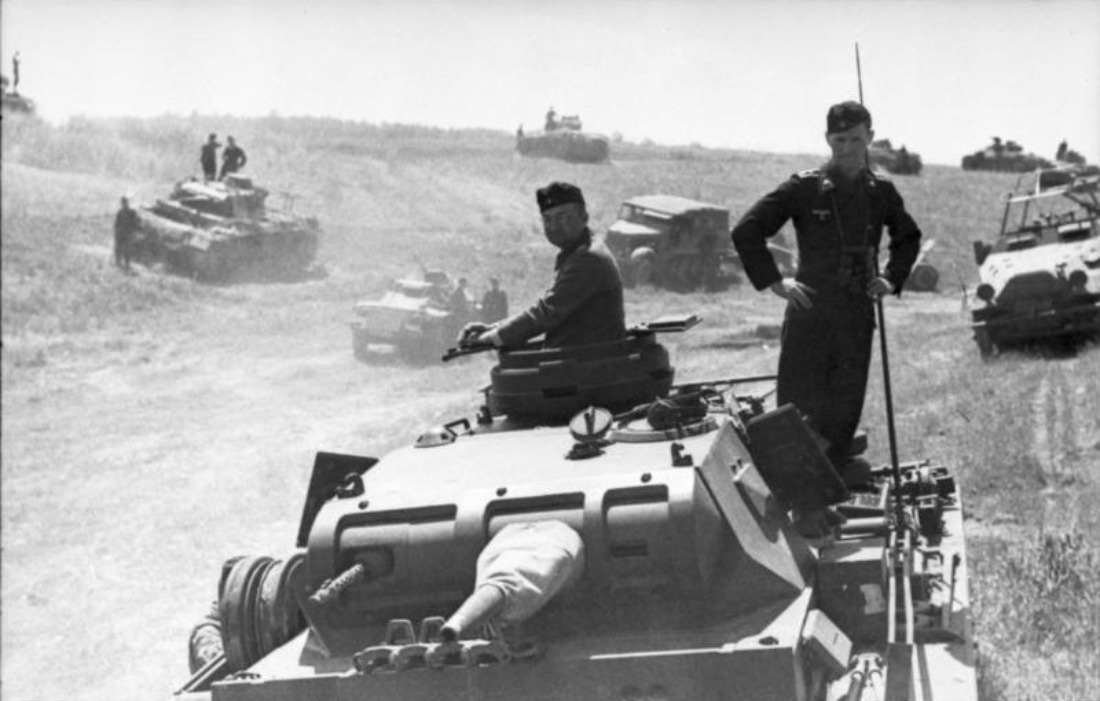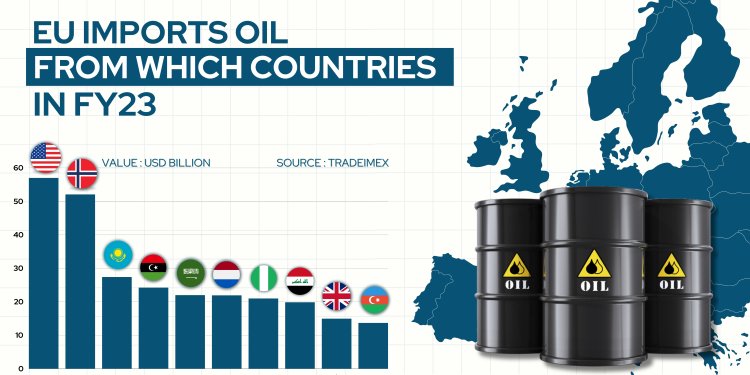Update on the War in Ukraine
George Friedman
Two and a half years ago, Russia invaded Ukraine, a former part of the Russian Empire and the Soviet Union. The reason for the invasion was geostrategic: Moscow justifiably feared that a hostile power could invade it from the west through Ukraine and up from the south. Such was the case for invasions by Napoleon and Hitler. Without strategic depth, Russia has no buffers. For Russia, that no one was currently planning such an invasion meant little. Geopolitics demands preparing to defend against an enemy before the enemy plans to attack. Moscow was, after all, painfully aware that pro-West forces supported an uprising that unseated a pro-Russia president several years earlier. The West’s support was based on the fear that Russia would invade Ukraine and, in time, the rest of Europe. Neither side’s fears were irrational.
For Russia, that no one was currently planning such an invasion meant little. Geopolitics demands preparing to defend against an enemy before the enemy plans to attack. Moscow was, after all, painfully aware that pro-West forces supported an uprising that unseated a pro-Russia president several years earlier. The West’s support was based on the fear that Russia would invade Ukraine and, in time, the rest of Europe. Neither side’s fears were irrational. The assumption of many was that Russia would rapidly crush the Ukrainian army and that a quick assault would close the door on U.S. intervention and supplies. If the logic was correct, the execution was not. The first foray into Ukraine consisted of tanks on multiple fronts, a show of force meant to sow panic among the public. This,
The assumption of many was that Russia would rapidly crush the Ukrainian army and that a quick assault would close the door on U.S. intervention and supplies. If the logic was correct, the execution was not. The first foray into Ukraine consisted of tanks on multiple fronts, a show of force meant to sow panic among the public. This,  too, was a mistake. Early photos were filled with unmoving tanks in a 40-kilometer (25-mile) column on the road from the north heading toward Kyiv. Apparently, Russia had not prepared enough storage or delivery of supplies for the tanks. Ukraine’s method of attack, meanwhile, kept the column from moving as it destroyed tanks at each end, blocking the Russian ability to move its main thrust. In short, the tank columns moved in, got bogged down and were stopped not far inside Ukraine’s borders. The sight of immobile armor defined the war. Here was a powerful but flawed army that Ukraine could exploit. It gave Ukraine and the U.S. confidence to face the Russians.
too, was a mistake. Early photos were filled with unmoving tanks in a 40-kilometer (25-mile) column on the road from the north heading toward Kyiv. Apparently, Russia had not prepared enough storage or delivery of supplies for the tanks. Ukraine’s method of attack, meanwhile, kept the column from moving as it destroyed tanks at each end, blocking the Russian ability to move its main thrust. In short, the tank columns moved in, got bogged down and were stopped not far inside Ukraine’s borders. The sight of immobile armor defined the war. Here was a powerful but flawed army that Ukraine could exploit. It gave Ukraine and the U.S. confidence to face the Russians. Added to this were several intelligence failures. Moscow did not expect Washington to intervene. But Washington was schooled in many wars. It would not send troops, but it would send the kind of equipment needed to block Russia sufficiently, if not definitively. Moscow also overestimated
Added to this were several intelligence failures. Moscow did not expect Washington to intervene. But Washington was schooled in many wars. It would not send troops, but it would send the kind of equipment needed to block Russia sufficiently, if not definitively. Moscow also overestimated  Europe’s dependence on Russian oil and natural gas. It assumed incorrectly that Europe, especially Germany, would refuse to cooperate with NATO. Instead, Europe has tried – fairly successfully – to find other vendors and prioritized the transition to green energy. Finally,
Europe’s dependence on Russian oil and natural gas. It assumed incorrectly that Europe, especially Germany, would refuse to cooperate with NATO. Instead, Europe has tried – fairly successfully – to find other vendors and prioritized the transition to green energy. Finally,  Moscow misread Ukraine’s strategy. The Ukrainian army did not mass its troops to try to break the Russian formations; it divided its forces into small, nimble units empowered to strike where the opportunity arose, making concentrated attacks more difficult for Russia.
Moscow misread Ukraine’s strategy. The Ukrainian army did not mass its troops to try to break the Russian formations; it divided its forces into small, nimble units empowered to strike where the opportunity arose, making concentrated attacks more difficult for Russia.
Critically, a decision was made near the start of the war to deploy the Wagner Group, a private Russian mercenary outfit. Not only was Wagner relied on more heavily than contractors usually are for  conventional battle, but it was put on more or less equal footing with conventional Russian forces. This created tensions with the Russian military command over vital issues like ammunition distribution. President Vladimir Putin appeared to side with Wagner more than his official military command and wanted to use Wagner as a reliable force. However, that drama played out with an attempted insurrection by Wagner chief Yevgeny Prigozhin, who was pardoned but later died in a plane crash. Naturally, the episode weakened the military command’s confidence.
conventional battle, but it was put on more or less equal footing with conventional Russian forces. This created tensions with the Russian military command over vital issues like ammunition distribution. President Vladimir Putin appeared to side with Wagner more than his official military command and wanted to use Wagner as a reliable force. However, that drama played out with an attempted insurrection by Wagner chief Yevgeny Prigozhin, who was pardoned but later died in a plane crash. Naturally, the episode weakened the military command’s confidence. The point of this recap is to remind us that Russia made a series of mistakes throughout the war that pertain to the events of the past couple of weeks. From the jump, Moscow prioritized the capture of cities over the destruction of enemy forces. The former is much more difficult and resource-heavy than the latter. This goes some way to explain, however imperfectly, Ukraine’s startling invasion of Russia. Having failed to take the whole of Ukraine, Russia must now change its strategy or risk even more failure. So far, the decisions made have rendered success impossible.
The point of this recap is to remind us that Russia made a series of mistakes throughout the war that pertain to the events of the past couple of weeks. From the jump, Moscow prioritized the capture of cities over the destruction of enemy forces. The former is much more difficult and resource-heavy than the latter. This goes some way to explain, however imperfectly, Ukraine’s startling invasion of Russia. Having failed to take the whole of Ukraine, Russia must now change its strategy or risk even more failure. So far, the decisions made have rendered success impossible.
Saturday, August 24, 2024
Update on the War in Ukraine
Subscribe to:
Post Comments (Atom)





No comments:
Post a Comment
Note: Only a member of this blog may post a comment.